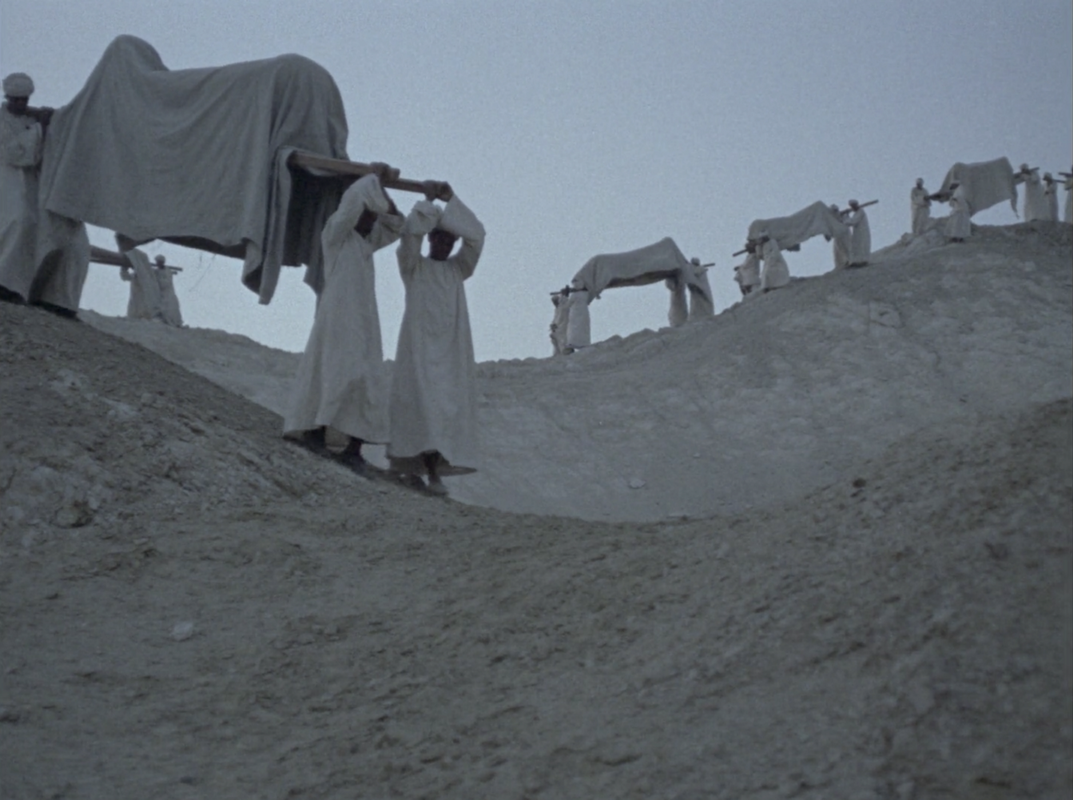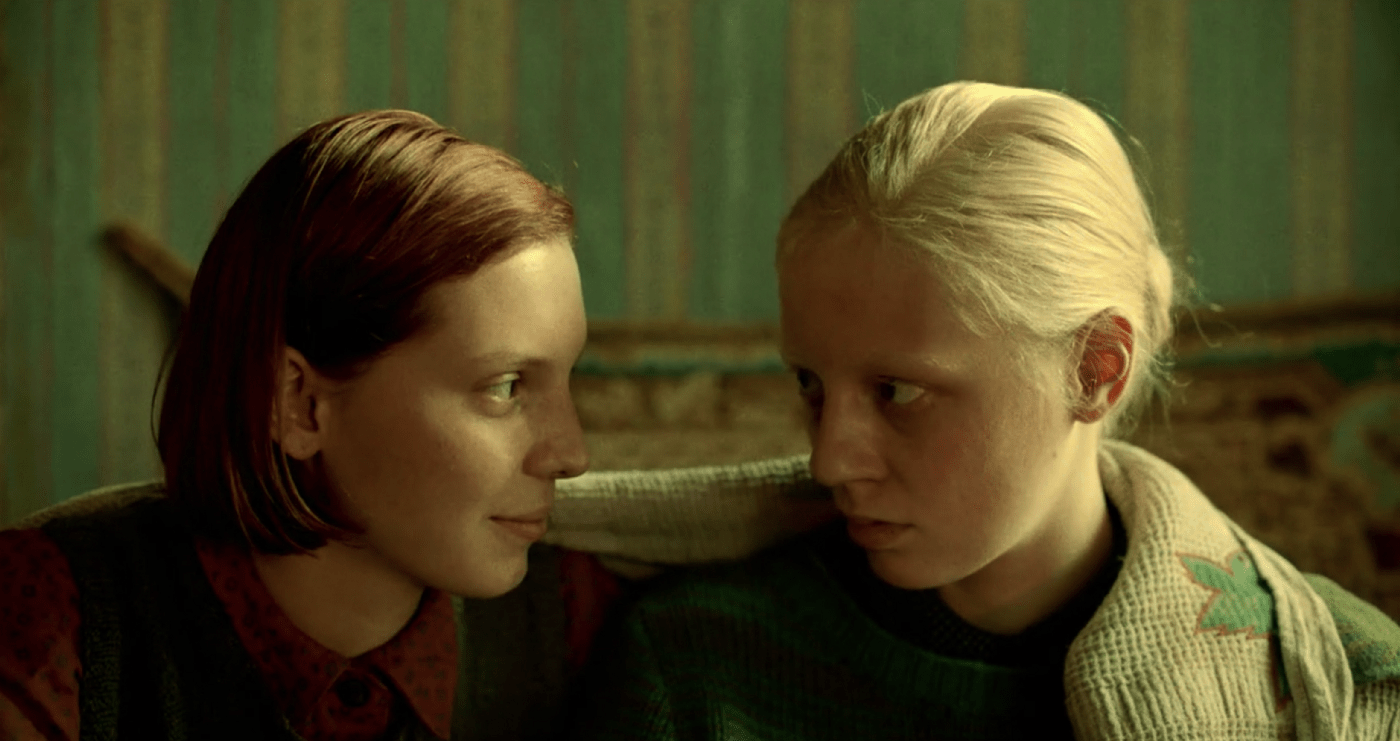
Elevator Girls in Bondage is an artifact from the San Francisco radical revolutionary scene of 1972. It is the product of a radical queer group called The Cockettes. The Cockettes were founded by George Harris, known then as Hibiscus. The Cockettes drew their members from Haight Ashbury and a San Francisco commune called Kaliflower. They were a scruffy rabble of hippies, dropouts, stoners, and all of the letters in LGBTQA+. They often collectively referred to themselves as “freaks,” but so did many subcultures during that time.
The Cockettes were a performance collective. They had no interest in making money. Money had been banned inside the Kaliflower commune. The Cockettes were focused on bringing like-minded individuals together to have sex, take gallons of LSD, and foment a complete cultural revolution.
They did not charge for tickets to their shows, everyone was welcome. John Waters said of their performances, “You couldn’t tell if it was men or women, it was straight people too, it was complete sexual anarchy, which is always a wonderful thing.”
Director Michael Kalmen was part of the group and made several movies with them. Elevator Girls in Bondage is a jumbled riot of ideas presented in a sarcastic celebration of camp and chaos. It certainly owes a lot to Waters’ early films like Mondo Trashoand Warhol’s Chelsea Girls. Primarily, Elevator Girls in Bondage is a celebration of cinematic freedom. There were no limits or concern for cinema craft, censorship laws, or anything else, just enthusiasm and abandon.
The film has a semblance of a plot. A group of elevator girls working in a sleazy hotel discover the writings of Karl Marx and go on strike. However, most of the movie is comprised of only loosely connected scenes that take place in different parts of the hotel. There is quite a lot of peeking through keyholes, and a small amount of hardcore sex.

The Cockettes, Waters, and Warhol all cover the same ground, but begin from different places. Waters' starting point was his own status as a deviant. He lived in a society that saw his orientation as criminal. His films were both a celebration of deviance, as well as a grotesque satire of the American Dream. Warhol came from a commercial and fine art background. His first films were complex explorations into art and performance, but when he teamed up with Paul Morrissey, the films changed. Morrissey and Warhol made campy, trashy films like Waters, but they were not as grotesque or exaggerated. Both men sought to undermine social norms and reveal something that America didn’t want to see.
Like Waters and Warhol, The Cockettes satirized society and celebrated non-conformist behaviors, but they also saw their activity as a means for provoking a revolution, which Warhol and Waters did not. The Cockettes reflect a very specific time and place. Their optimism and frenetic forays into revolution seem dated and a little naive, but are still remarkable for their sincere desire to be free.
The disillusionment of the Nixon years and the rise of corporate capitalism in the Reagan years have changed the way people relate to revolution and change. The excitement of bursting out of the closet and announcing the arrival of a new world of happiness and love has evolved into something more sober. After the Stonewall Riots, the civil rights movement, the formation of modern feminism, and the Vietnam protests, subcultures and revolutions morphed into something more pointed and serious. The hopeful aspirations of Martin Luther King’s non-violent movement gave way to the impatient demands of the Black Panthers.
It is not that Elevator Girls in Bondage is no longer relevant. There are still echoes of it every year in the revelry of the gay pride celebrations. Elevator Girls in Bondage is a time capsule that captures what radical resistance, community building, and identity politics looked like in the early 1970s. It captures an optimistic and celebratory spirit that is rarely seen today.

If you enjoyed this article you might also enjoy https://filmofileshideout.com/archives/chatterbox-and-other-films-about-talking-vaginas/



